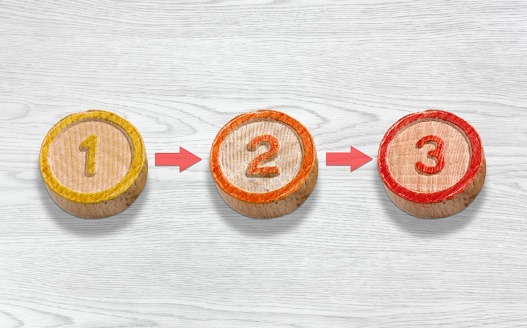Editor’s note: Mario X. Carrasco is co-founder and principal of ThinkNow Research, a market research agency based in Burbank, Calif. This is an edited version of a post that originally appeared under the title, “Programmatic 3.0: The rise of respondents.”
Research Live published a thought-provoking article by JD Deitch in February 2018 titled, “Programmatic 2.0: The Future of Sample.” He aptly broke down the role automation has played in the history of sample into two distinct phases: 1.0 to 2.0.
Deitch shares:
“Programmatic 1.0 did two things very well: it has made us quicker and more cost-effective ... Programmatic 2.0 can vastly improve the accuracy and reliability of our data and our operational dependability.”
His point being that programmatic 1.0 helped the sample industry become more efficient in bidding and programmatic 2.0 put the respondent back at the center of the sample process, implementing algorithms that will filter good survey experiences from bad survey experiences in real-time and adjust accordingly.
A different perspective
Conceptually, I get it and agree. Programmatic sampling can improve the respondent experience. But in my opinion, sample is at a point of no return. While algorithms are improving the survey experience to some extent, the fact that an algorithm needs to exist to weed out bad surveys means bad surveys exist. That, in itself, is the problem. You know the ones I’m referring to.
A 30-minute tracker overwhelms a respondent with too many questions, so they abandon it. Multi-grid questions are impossible to take on mobile phones, so frustrated respondents give up. And sadly, these surveys aren’t going anywhere. There is nothing an algorithm can do to solve systematic issues caused by poorly designed surveys that have been a thorn in the sample industry’s side since telephone surveys were adapted to online surveys. As a result, response rates continue to decline and the volume of online users empaneling themselves on research panels has plummeted.
The rise of programmatic sampling has exacerbated the issue as the last defense of a poorly designed survey – the project manager – has been cut out of the process, leaving an algorithm to score the survey poorly with no real consequences other than a bad mark.
So, what happens when we run out of survey respondents? I believe this will lead to the rise of programmatic 3.0.
The rise of respondents
 Web 3.0 is on the horizon but is proving harder to define than Web 2.0 as there are multiple hypotheses on what it is and is not. However, the most salient of the definitions that I have found is from Matteo Gianpietro Zago, founder of European blockchain startup Essentia One:
Web 3.0 is on the horizon but is proving harder to define than Web 2.0 as there are multiple hypotheses on what it is and is not. However, the most salient of the definitions that I have found is from Matteo Gianpietro Zago, founder of European blockchain startup Essentia One:
“While the Web 2.0 democratized many power structures and created new opportunities, the economic engine is largely privatized and monopolized. Facebook, Uber and Airbnb have created private networks for public infrastructure which they dominate. The Web 3.0 is the antithesis of this, it’s about multiple profit centers sharing value across an open network.”
Zago argues that one of the main advantages Web 3.0 offers is that there is “no central point of control: Middlemen are removed from the equation, blockchains like Ethereum provide a trust-less platform where the rules are unbreakable and data is fully encrypted.”
There are clear parallels here with the sample industry. A few private programmatic sample networks have emerged and are dominating the sample industry. Unlike Web 3.0, the data is more democratized in that all users have access to the data and can choose to opt in or out, but the sample experience from the respondent survey perspective is fundamentally the same. So, what does a decentralized programmatic sample network look like that empowers the respondent? The answer may lie in blockchain technology.
Reinvigorate the survey industry
With the ability to have a decentralized ledger, essentially ensuring respondent verification and reducing data breaches through decentralization, we can envision what a survey looks like. Furthermore, we can take it one step further and reenvision what a survey is and its function in market research.
Modular surveys, or surveys taken in smaller chunks across various points in time by the same respondent or different respondents with similar profiles, have long been the Holy Grail of researchers as it allows researchers to keep their arduously long surveys by distributing it across several smaller surveys asynchronously. However, market research purists have seen this approach as blasphemous given the potential for fraud and the instability of meshing several respondents’ answers into one data set.
Blockchain technology has the potential to solve the fraud issue and potentially revolutionize and reinvigorate the survey industry. Furthermore, with the power of the ledger in the users’ hand, the need for a centralized programmatic sample marketplace starts to deteriorate as surveys now have the ability to live anywhere online and be distributed across all digital media with blockchain as the underlying ledger.

What this means for sample providers
Programmatic 3.0 has the potential to truly bring the respondent back into the center of the survey experience. Decentralization and blockchain technology are the keys to holding what was once mutually exclusive interests (the client-side need for long surveys and the supplier-side need for shorter surveys) together in perfect harmony.
